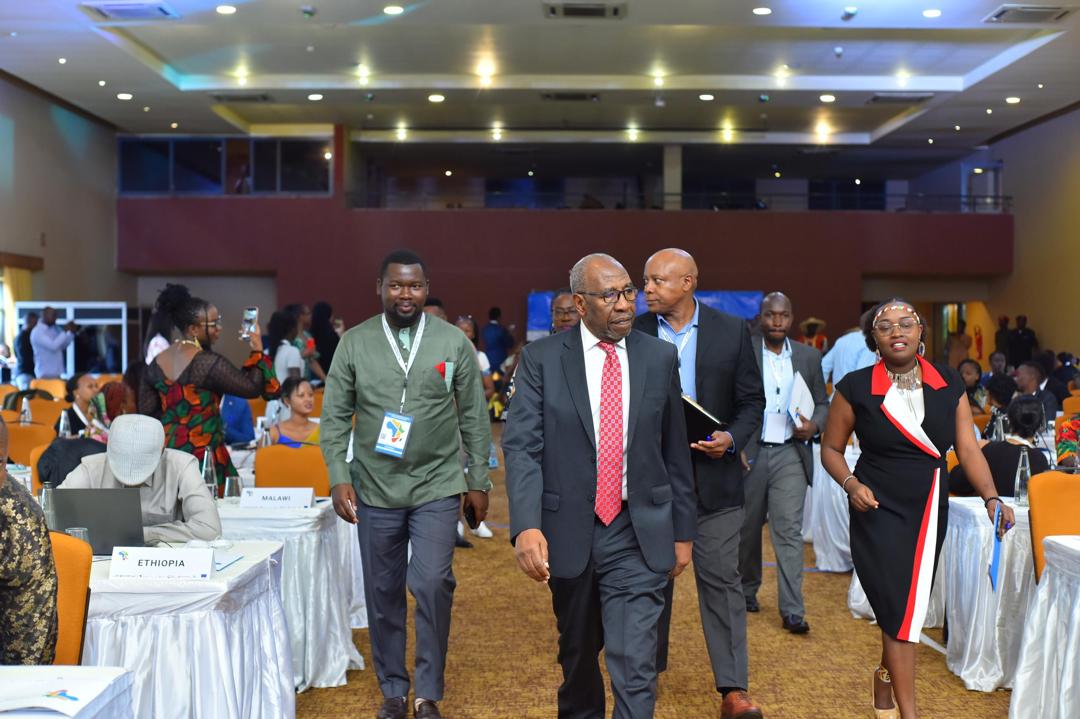Prime
The killings that turned Amin into a tyrant

Dark Spot. A man moves towards the entrance of the dungeon in Mengo palace in Kampala on April 14. The place is alleged to have been a torture chamber during Amin’s regime. The walls are also still stained with blood. PHOTO BY JAMES KABENGWA
What you need to know:
- Tactical move. Amin did not trust the soldiers of Obote’s government, his immediate plan was to recruit more of his kinsmen from West Nile, then Sudan and Zaire into the military. This would give him a leeway to execute his atrocities, writes Isaac Mufumba
The failed 1972 invasion by forces loyal to deposed President Milton Obote and other Ugandan exiles triggered a rage that would come to define the excesses of the Idi Amin regime.
The killings began in earnest. Sixty one-year-old Musisi-Musoke, now a freelance journalist based in Mukono, was by then a Senior Two student at St Henry’s College Kitovu in Masaka District.
Heavy gunshots he later learned rang out from Uganda Army’s Suicide Battalion at Kasijjagirwa, on the outskirts of Masaka, woke him at night.
At daybreak, students were informed that some guerrilla fighters had infiltrated the country from the western side, from Tanzania through Mbarara and Mutukula, and many had died or been arrested following a crossfire.
The prisoners of war were stripped and paraded to town dwellers.
On spotting students, one army commander bellowed in Kiswahili: “Wacha watoto wa shule waone faidha ya kujaribu kutoa sheria ya watu.” (Let school children see the reward of trying to oust a popular government).

Happy times. Archibishop Janani Luwum (right), his wife Mary Luwum and Idi Amin (2nd left) who later ordered for his murder.
Then suddenly, just after passing the barracks quarter-guard, Mr Musoke recollects that a soldier opened fire, indiscriminately killing the alleged guerillas.
It was a horrifying contrast because Amin on usurping power a year earlier had cast himself as a reformer and messiah and thousands of Ugandans, mostly in Buganda who reviled Milton Obote, welcomed the January 25, 1971 coup with glee.
He freed Benedicto Kiwanuka, the then Democratic Party and prime minister, whom Obote had incarcerated, and appointed him the Chief Justice. Other political detainees who gained freedom included Brig Shaban Opolot, Ugandan Peoples Congress’s Grace Ibingira and relatives of the exiled Kabaka Frederick Mutesa.
The honeymoon never last lasted.
According to Mr Henry Kyemba, a former principal private secretary and minister in Amin’s government, soldiers abruptly one day began a chase in the city after Maj Emmanuel Ogwal, a pro-Obote officer.
Maj Ogwal escaped into the house of Dr George Ebine, but was pursued and gunned. The doctor was picked up from a hospital and taken to Malire barracks and allegedly rolled over with a tank.
Scared of likely mischief by pro-Obote soldiers, Amin’s government set on a purge of Lango and Acholi officers in Uganda Army.
The killings were officially baptised as mop-up operations.
More of Amin’s kinsmen from West Nile, the then Sudan and Zaire were drafted into the military.
READ FULL ARTICLE HERE:http://bit.ly/2v3hq4L




